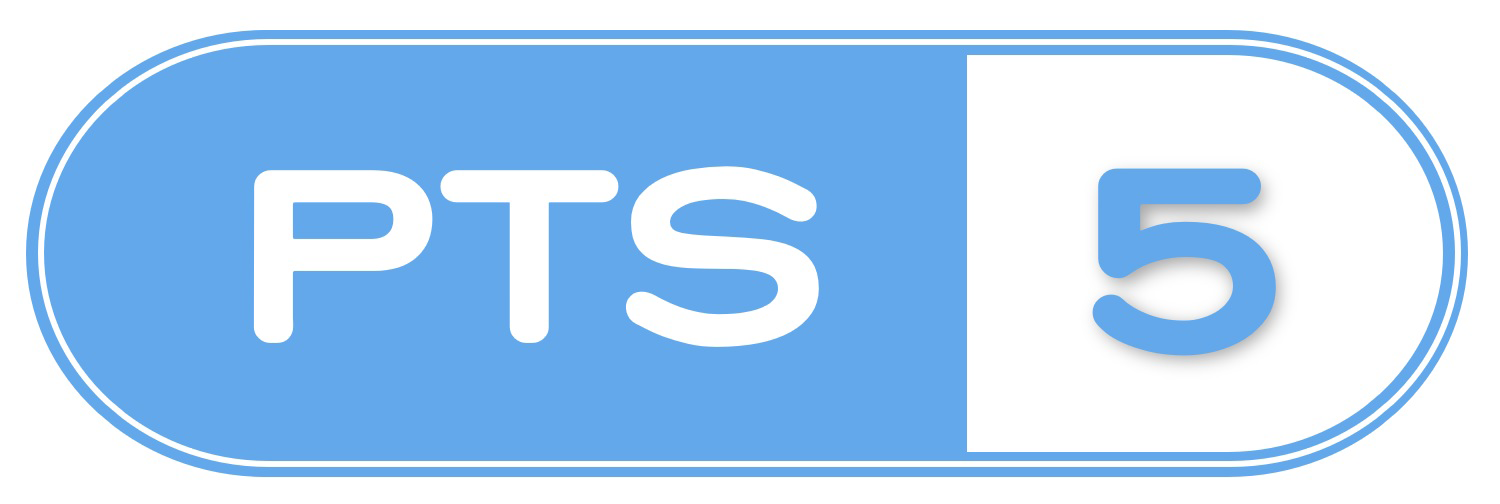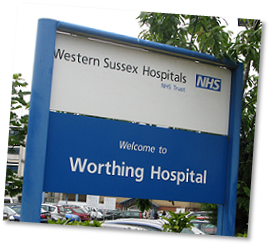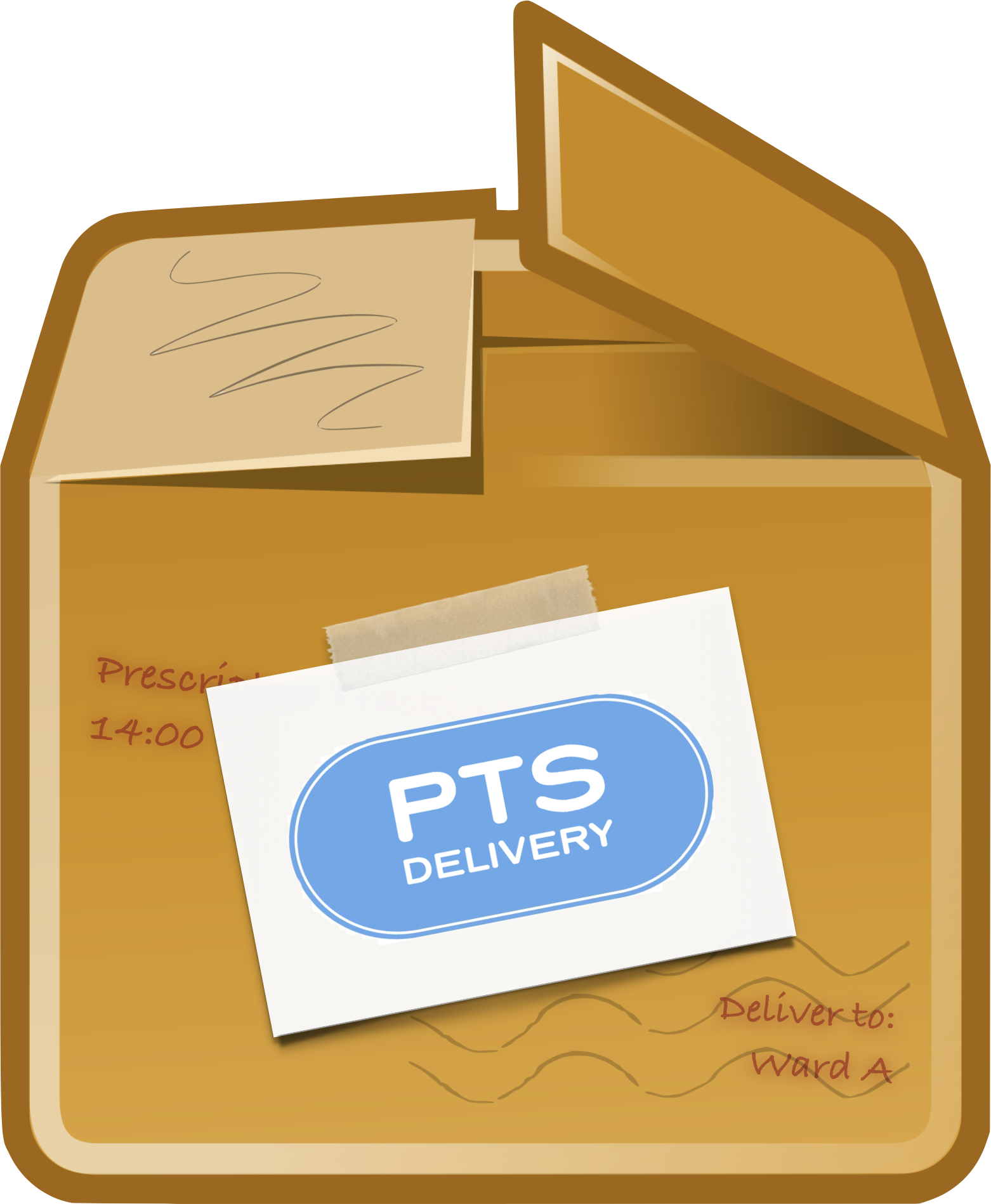How does it work?
TMS Insight's Prescription Tracking System offers an efficient means to track prescriptions throughout the dispensing process with the use of barcodes.
Intuitive and easy to use, PTS provides live pharmacy performance data as well as the status and location of each prescription.
Prescription Tracking System has been fully embraced by the NHS and is now used to track prescriptions in over 300 dispensaries in NHS hospitals from Aberdeen to the Isle of Wight where it is considered truly vital management software. Currently more than 120,000 prescriptions per day are tracked by PTS, and the figure is growing!
So how does it work? PTS automatically prints a prescription barcode when a prescription is booked in, and this barcode is used in conjunction with 'activity' barcodes such as Clinical Check, Label Production, Dispense and Final Check to record exactly what stage the prescription is at - and to ensure no stages are missed.
PTS uses this live information to display the current status of each prescription to pharmacy staff, ward staff and patients alike with support for large "Argos-like" LCD screens in the waiting area, and the data as a whole can be used by managers to create absolutely invaluable reports.
TMS Insight use the very latest web technologies such as ASP.NET, SQL, MVC and jQuery to deliver scalable networked software, meaning that big or small our Prescription Tracking System is right for your pharmacy.
System Overview
 |
Simple to use |
 |
Barcode based |
 |
e-Prescribe compatible |
 |
|
Innovative |
 |
Linked to patient records |
 |
Web based |
 |
|
Cost effective |
 |
Widely used |
 |
Cross platform |
 |
TMS Insight's Prescription Tracking System (PTS) allows you and your pharmacy staff to monitor, from anywhere, the progress of prescriptions through the dispensing process.
Intuitive and easy to use, PTS requires nothing more than a few barcodes to track where a prescription is, who is working on it and how long it is expected to take.
How does it work?
The process is as follows:
- When the prescription is received at reception, your staff "book it in" to PTS using a simple intranet page.
- They enter the patients name, the prescription type, and optionally the ward if the patient is an inpatient.
- When they've finished, a prescription barcode is automatically printed from a nearby label printer, and a ticket number is printed for the patient if applicable.
- Using the prescription barcode, staff record "activities" against the prescription that follow a pre-defined sequence.
- These barcodes (e.g. Clinical Check, Label Production, Dispense, Final Check) in conjunction with the prescription barcode let PTS know the current status and whereabouts of the prescription.
- Using this live data pharmacy staff and ward staff can at any point find out how long a prescription is likely to take, eliminating those pesky progress calls.
- Once the prescription is completed, outpatients can be automatically called to the hatch by the LCD screen or via SMS, while delivery of inpatient or homecare prescriptions can be tracked by equipping your porters with a dedicated smartphone app.
What does all of this mean for me and my pharmacy?
With something as simple as scanning a few barcodes, outpatients are automatically informed how long they will be waiting, are automatically told when to come to the hatch, bottlenecks in the process are automatically identified and ward staff can see where prescriptions are without having to call you. In fact, many hospitals go on to forbid wards from calling the dispensary without checking the PTS system first!
What else can I do with the data?
We know how important it is that you can prove you're meeting your targets. That's why we've designed PTS so its uses don't end with the live data. With its intuitive reporting engine and over 60 built in report templates, PTS makes it easy to demonstrate your pharmacies efficiency. Bar charts, pie charts, tabular charts, or even raw Excel output for the technically minded, the data really is indispensable to any dispensary manager.
A short case study courtesy of Western Sussex Hospitals

PTS was introduced into Western Sussex Hospitals way back in 2008.
Following the initial installation and familiarisation period Worthing were soon using the majority of the facilities offered by the application and making the most of what PTS can offer.
The objectives for the PTS project were to improve the dispensing times for prescriptions, therefore improving the patient experience and ultimately the potential for better bed management, in addition to offering much more effective communication to medical staff relating to a prescriptions progress.
To achieve this they wanted a system that would be easy to use and maintain and they opted for TMS Insight's Prescription Tracking System.
Teresa Leach, Dispensary Manager said "Since the implementation of PTS we have seen a noticeable reduction in nurse phone calls progressing prescriptions, and our script dispensing times have reduced significantly. Turnaround time has fallen by at least 25%, with TTO dispensing times down by almost 50%!"Interview: Pharmacy IT Manager
TMS recently caught up with one of our PTS users to hear his thoughts on the system 18 months after it was installed by us. Steve Carvell is the Pharmacy IT Manager at University Hospitals Leicester NHS Trust.
Hi Steve. How long have you been using PTS and how were you managing your prescriptions before?
Hi there. We've been using PTS for about 18 months and we have it rolled out across two of our hospitals, Leicester General Hospital and Glenfield, and are in the process of rolling it out at Leicester Royal at the moment. Before we used PTS we relied on staff to record patient details and the progress of the prescription etc. on paper.
And how have things changed?
With PTS we can actually enter the patient into the database and generate a label and the whole of the prescription process is recorded in the system so obviously this saves a lot of time. The benefits of the system are being able to identify the number of patients who have come in, if we get a phone call we can identify where we are with that prescription, and we've been able to provide wards with access to the intranet page so they can check if their prescriptions are ready. This has reduced phone calls to the pharmacy increasing available time to actually dispense prescriptions.
Any other advantages?
A benefit that we weren't particularly expecting came when we received written complaints from members of the public saying it's taken so many hours to do their prescription. Using PTS we've been able to look on the system and check what time the prescription came in and how long it took to complete. And for every complaint we've been able to respond positively saying its only taken 30 minutes or an hour, when the perception for whatever reason is it's taken 5, 6 or 7 hours. So we've been able to prevent any undue blame being passed on to the pharmacy which is a good thing.
That's great! And how has the response from the staff been following the introduction of PTS to the pharmacy?
We've had a good response from the staff to the system. At first as with any new system you get some resistance to change, but when the progress calls were pretty much eliminated that turned around quickly and helped us sell the system to the staff. It also helped when members of our pharmacy were looking around trying to find a prescription and they'd been able to look on the system and quickly see who was working on it and what stage it was at, so they got to recognise the first hand benefits they were getting from the system.
You mentioned earlier you were planning to expand PTS to another pharmacy in the trust?
Yes we hope to complete the roll it out to Leicester Royal in the next few months and expect to see the same improvements there. We're also planning to expand what we use the system for: one of the next things we'd like to do is begin recording dispensing errors in the system. There is the functionality to do this at the moment as you know but we haven't actually done it as yet.
Would you mind briefly describing what this does?
If the checker of the prescription discovers an error they can record what the error was and the time of the error, who's done it etc. and that's a new piece of audit information which is very useful to us.
Thank you, Steve.
My pleasure.
Steve kindly offered this interview during his tenure as Pharmacy IT Manager at University Hospitals Leicester. The system has since been introduced successfully to Leicester Royal and a fourth pharmacy in the trust.Delivery Tracking
 Track your prescriptions from the dispensary to the point of delivery.
Track your prescriptions from the dispensary to the point of delivery.
As you know, TMS Insight's Prescription Tracking System allows you to track and monitor the prescription lifecycle within your dispensary. Now, you can continue to live monitor the delivery process after it is collected by the porter or delivery driver using the PTS Delivery Tracking App.
Features include:
- Live collection data
- Live delivery data
- Error trapping - it is impossible to deliver a prescription to the wrong ward
- Recipient Signatures - you can require a signature on delivery of controlled drugs or home deliveries
- Satellite Navigation for home or off-site deliveries using Google Maps
- Porter/Driver can record notes back to the PTS system either via free-text or pre-defined barcodes
The PTS Delivery Tracking app is out now on Android and the iOS B2B store.

